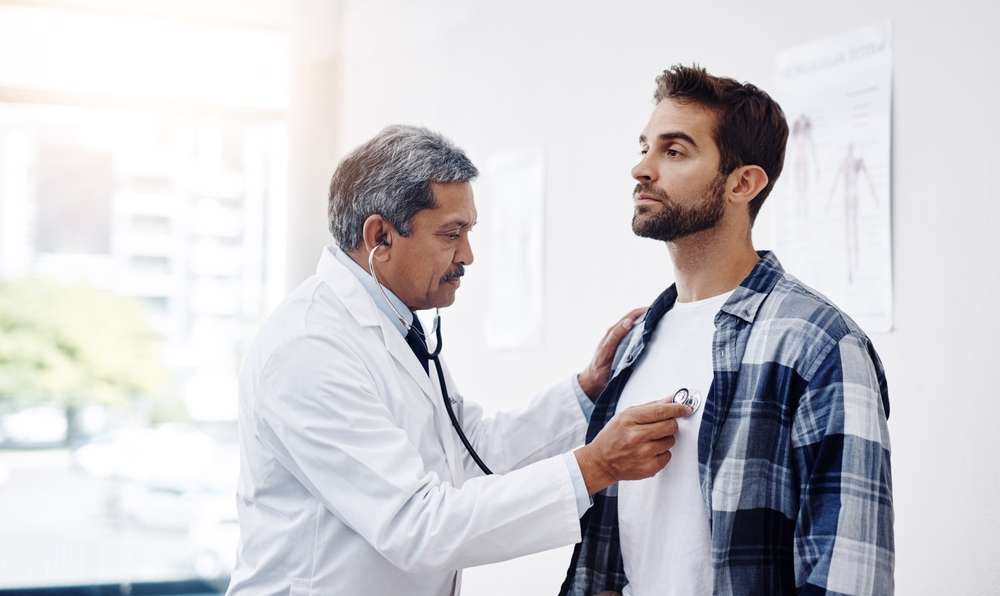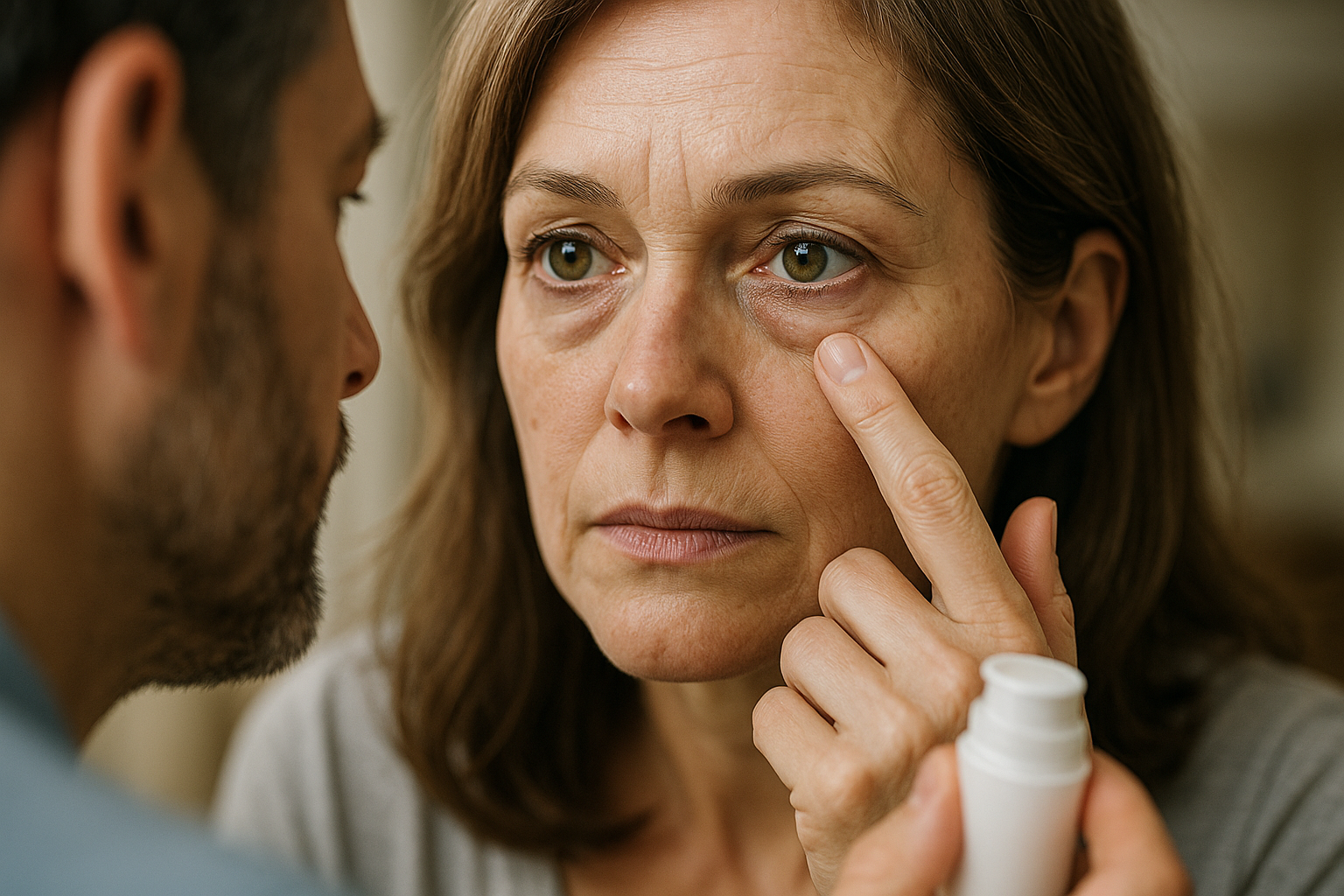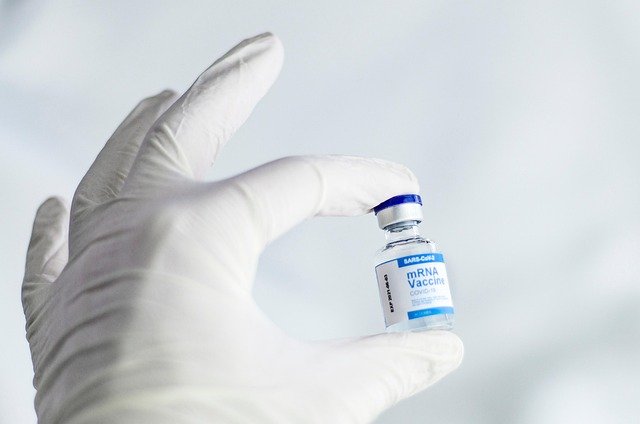Understanding Mycosis Fungoides: Symptoms, Diagnosis, and Treatment Explained
Mycosis fungoides is a rare type of T-cell lymphoma that primarily affects the skin. As the most common form of cutaneous T-cell lymphoma, this condition typically develops slowly and can be challenging to diagnose in its early stages. Understanding its symptoms, diagnosis methods, and treatment options is crucial for both patients and healthcare providers.

What is Mycosis Fungoides and How Does it Develop?
Mycosis fungoides (MF) is the most common form of cutaneous T-cell lymphoma (CTCL), accounting for approximately 50-70% of all CTCL cases. Despite being the most common form of skin lymphoma, it remains relatively rare, with an estimated incidence of 0.5 per 100,000 people annually in the United States.
The condition develops when T-lymphocytes become cancerous and migrate to the skin. These malignant cells accumulate in the skin’s outer layer (epidermis) and within the dermis, causing various skin manifestations. The exact cause of mycosis fungoides remains unknown, though researchers have investigated potential triggers including genetic factors, environmental exposures, and infectious agents. Unlike other lymphomas, mycosis fungoides has a unique tendency to remain confined to the skin for long periods, sometimes for decades before potentially spreading to lymph nodes, blood, or internal organs in advanced stages.
The disease typically affects adults over 50 years of age, though it can occur at any age. Men are more commonly affected than women, and there’s a higher incidence among African Americans compared to other ethnicities.
What Are the Key Symptoms of Mycosis Fungoides?
Mycosis fungoides typically progresses through several stages, with symptoms varying accordingly. In its earliest phase, patients may experience:
-
Patch stage: Flat, red, scaly patches that may resemble eczema or psoriasis. These patches are typically not painful or itchy and commonly appear on areas of the body not exposed to sunlight.
-
Plaque stage: As the disease progresses, patches may evolve into raised, thickened lesions called plaques. These plaques can be itchy and may develop a reddish-brown appearance.
-
Tumor stage: In more advanced cases, solid tumors may form on the skin. These tumors can ulcerate and become infected. At this stage, patients might experience more significant discomfort.
-
Erythrodermic stage: In rare cases, the disease can progress to cover most of the body with generalized redness, scaling, and intense itching. This stage is known as erythrodermic mycosis fungoides or Sézary syndrome when blood involvement occurs.
Beyond skin symptoms, patients with advanced disease may experience swollen lymph nodes, weight loss, fever, and night sweats, particularly if the lymphoma has spread beyond the skin. Many patients also report significant pruritus (itching) that can substantially impact quality of life.
How is Mycosis Fungoides Diagnosed?
Diagnosing mycosis fungoides can be challenging, particularly in early stages when symptoms closely resemble common skin conditions like eczema or psoriasis. The diagnostic process typically involves:
Skin biopsies: Multiple biopsies are often needed to confirm the diagnosis. Pathologists examine tissue samples under a microscope, looking for characteristic cellular patterns and the presence of atypical T-cells with cerebriform (brain-like) nuclei called Sézary cells.
Immunophenotyping: This specialized testing identifies specific proteins on the surface of lymphocytes to determine if they’re abnormal. In mycosis fungoides, the malignant cells typically show loss of certain T-cell markers.
T-cell receptor gene rearrangement studies: These molecular tests can detect whether the T-cells in the skin are all identical (clonal), suggesting cancer, rather than diverse as would be expected in inflammatory conditions.
Blood tests: Complete blood counts and flow cytometry can help determine if the lymphoma has spread to the bloodstream (Sézary syndrome).
Imaging studies: CT scans, PET scans, or MRIs may be ordered if there’s concern about disease progression beyond the skin.
Lymph node biopsies: If lymph nodes appear enlarged, they may be biopsied to check for disease spread.
Due to its similarity to other skin conditions, mycosis fungoides is often misdiagnosed initially, with patients seeing multiple healthcare providers over several years before receiving a correct diagnosis.
Treatment Approaches and Management Strategies
Treatment for mycosis fungoides is individualized based on disease stage, symptoms, overall health, and patient preferences. Since there is no definitive cure for most cases, treatment focuses on achieving remission, controlling symptoms, and maintaining quality of life. Common treatment approaches include:
Skin-directed therapies:
-
Topical corticosteroids: Reduce inflammation and alleviate symptoms in early-stage disease.
-
Topical chemotherapy agents: Medications like mechlorethamine (nitrogen mustard) or carmustine (BCNU) applied directly to affected skin.
-
Phototherapy: UVB light therapy or PUVA (psoralen plus UVA) can effectively treat early-stage disease by targeting malignant T-cells in the skin.
-
Radiation therapy: Localized radiation for persistent plaques or tumors, or total skin electron beam therapy (TSEBT) for more widespread disease.
Systemic therapies:
-
Retinoids: Vitamin A derivatives like bexarotene that can help slow cancer growth.
-
Interferon: Boosts the body’s immune response against cancer cells.
-
Histone deacetylase inhibitors: Medications like vorinostat or romidepsin that affect how genes are expressed in cancer cells.
-
Monoclonal antibodies: Targeted therapies like mogamulizumab or brentuximab vedotin that identify and attack specific cancer cells.
-
Chemotherapy: Typically reserved for advanced disease that has spread beyond the skin.
Emerging therapies:
-
Immunotherapy options including checkpoint inhibitors and CAR T-cell therapy are being investigated in clinical trials.
-
Stem cell transplantation may be considered for eligible patients with advanced disease.
Most patients require combination approaches and ongoing management strategies that change over time as the disease evolves.
Prognosis and Long-term Outlook
The prognosis for patients with mycosis fungoides varies significantly depending on several factors, including:
-
Stage at diagnosis: Early-stage disease (limited to the skin) generally has an excellent prognosis, with a 10-year survival rate exceeding 90%.
-
Disease extent: Patients with limited patches or plaques tend to have better outcomes than those with extensive skin involvement.
-
Age and overall health: Younger patients and those without significant comorbidities typically fare better.
-
Response to treatment: How well the disease responds to initial therapies can indicate long-term outcomes.
For patients with early-stage disease (stages IA-IIA), mycosis fungoides rarely impacts life expectancy. However, advanced disease with lymph node, blood, or organ involvement (stages IIB-IVB) has a less favorable prognosis, with 5-year survival rates ranging from 20-40%.
Many patients require ongoing monitoring and treatment adjustments throughout their lives. Regular follow-up with dermatologists and oncologists specializing in cutaneous lymphomas is essential. Patients are encouraged to participate in support groups and consider clinical trials that may provide access to novel therapies.
While mycosis fungoides presents significant challenges, advances in targeted therapies and immunotherapy approaches continue to improve outcomes and quality of life for affected individuals.
This article is for informational purposes only and should not be considered medical advice. Please consult a qualified healthcare professional for personalized guidance and treatment.




